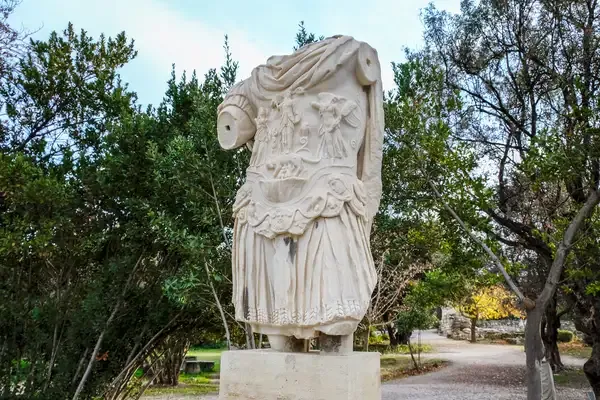Did Duchess Anastasia Survive Her Family’s Execution?
The mystery surrounding Duchess Anastasia's fate has captivated historians and the public for decades. The Romanov family was executed in 1918, but rumors persisted that Anastasia survived. Various women claimed her identity, most famously Anna Anderson. However, DNA testing in the late 20th century confirmed that the remains found in a mass grave belonged to the Romanov family, including Anastasia. Despite this scientific evidence, the legend of her survival continues to intrigue and inspire stories and films.

The mystery surrounding the fate of Duchess Anastasia remains one of the most enduring tales in history. After the tragic execution of the Romanov family in 1918, numerous claims emerged suggesting that Anastasia might have survived. This article delves into the various theories, evidence, and cultural impact of the Duchess’s possible survival.
The Execution of the Romanov Family
The Romanov family, including Duchess Anastasia, was executed on July 17, 1918, in Yekaterinburg, Russia. The Bolsheviks, fearing that the royal family could become a rallying point for anti-Bolshevik forces, decided to end their lives. However, the chaos of the execution led to mixed accounts, fueling speculation about the survival of some family members.
Theories of Survival
Since the execution, numerous theories have emerged regarding Anastasia's survival. Some of the most notable claims are as follows:
| Theory | Description | Supporting Evidence |
|---|---|---|
| Anastasia's Escape | Some witnesses claimed to have seen a girl resembling Anastasia fleeing the scene. | Testimonies from local residents, though often inconsistent. |
| Anna Anderson | A woman named Anna Anderson claimed to be Anastasia, capturing public attention. | DNA tests conducted in the 1990s disproved her claim, but her story captivated the media. |
| Other Imposters | Several other women claimed to be Anastasia over the years. | Most of these claims were debunked, but they contributed to the myth. |
Cultural Impact and Legacy
The legend of Anastasia has permeated popular culture, inspiring numerous books, films, and plays. The most famous adaptation is the animated film "Anastasia" released in 1997, which romanticizes her story and presents a fictional account of her escape and adventures. This portrayal has played a significant role in shaping public perception of the Romanovs and the Russian Revolution.
Historical Evidence and Rebuttals
Historians and forensic experts have conducted extensive research to determine the authenticity of claims regarding Anastasia's survival. Key points include:
- The discovery of the Romanov remains in 1991 and the subsequent DNA testing confirmed that all members of the family, including Anastasia, were killed.
- Eyewitness accounts from that time are often contradictory and lack concrete evidence.
- The fascination with Anastasia's supposed survival has led to a plethora of myths and legends, obscuring the historical facts.
Conclusion
While the story of Duchess Anastasia's potential survival captivates the imagination, the weight of historical evidence strongly suggests that she did not escape her family's tragic fate. Despite this, the enduring legend continues to inspire speculation, artistic expression, and a deep-seated interest in the Romanov family, ensuring that they remain a poignant part of history.
In conclusion, the question of whether Duchess Anastasia survived her family's execution remains unanswered, but the allure of her story will likely continue to intrigue people for generations to come.












